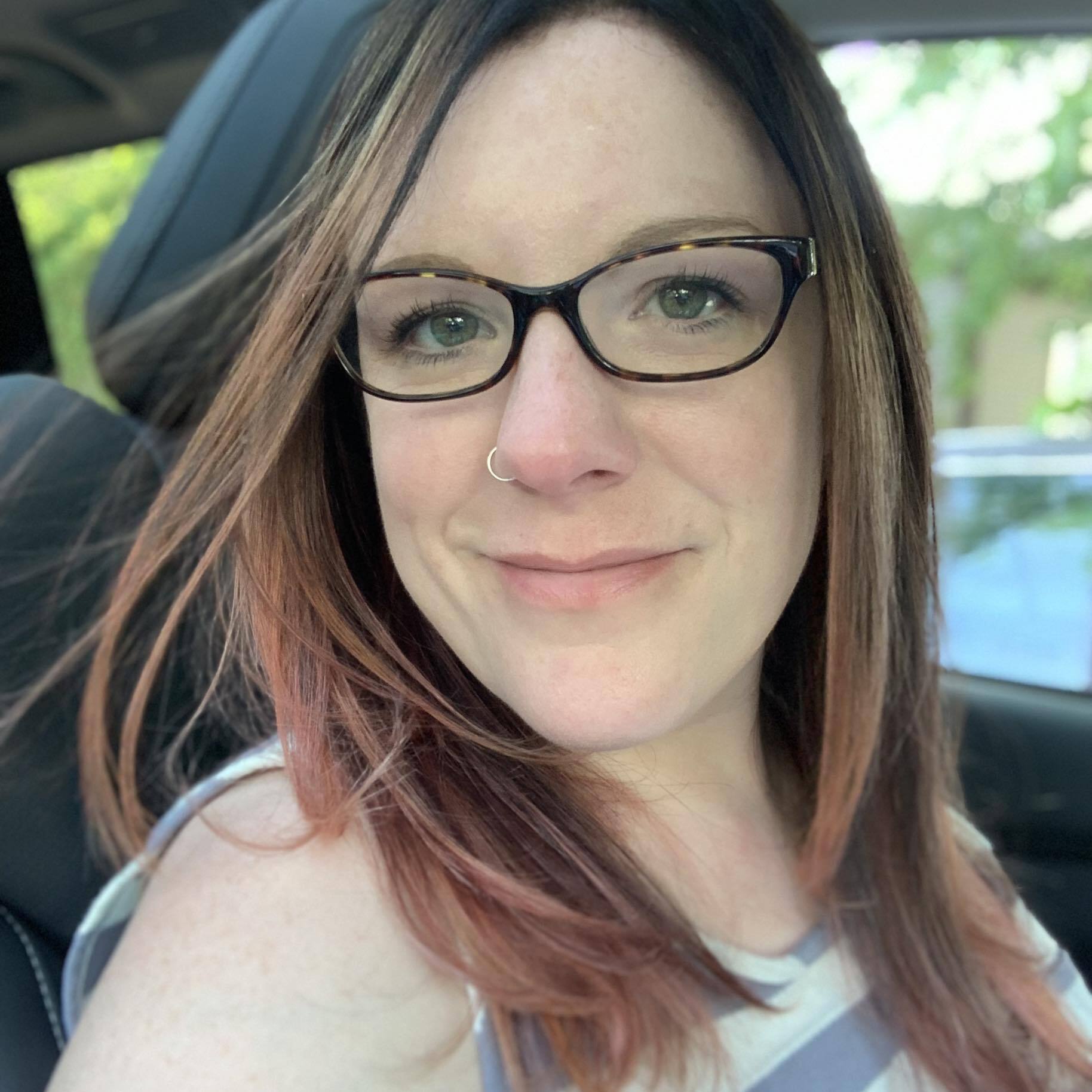2 min read
The Vowels of an Ultimate Claims Experience – O = Ownership
The Vowels of an Ultimate Claims Experience – O = Ownership by John Bachmann As we continue going through the Vowels of an Ultimate Claims...
4 min read
 Cara Carlone
:
Jul 10, 2025 8:14:49 PM
Cara Carlone
:
Jul 10, 2025 8:14:49 PM

Not long ago, the work of a claims adjuster occurred quietly behind the scenes, often in
cubicles, over the phone, or via email. Consumers had a limited view into the process, if any.
Now, thanks to social media, it has since changed. An increasing number of adjusters are now
sharing their interactions with customers on platforms like TikTok and Instagram. Edited clips of
phone calls, walkthroughs of damage, or play-by-play case commentary are gaining traction
among viewers who are looking for transparency into how claims and the industry work.
This shift is both intriguing and unnerving for industry veterans. What does it mean when a
claims role traditionally grounded in confidentiality and discretion now doubles as content? And
how should we as an industry respond?
The Risks
There are some obvious risks with these videos, both from a privacy and ethical standpoint.
Recording or sharing claims details, even if identifying information is omitted, raises some legal
questions. Is it appropriate for a licensed insurance professional, entrusted with sensitive
personal information, to share a private conversation with the public?
Some states have two-party consent laws, which means that all parties to a conversation must
be aware of and agree to its recording. Insurance companies routinely disclose that calls are
recorded for quality assurance and training. But an adjuster secretly recording and then posting
on a public platform opens a Pandora's box of legal risks. Sharing any part of a claim to an
unauthorized representative could create exposure for lawsuits at worst, or violate company
policy, at best.
Additionally, there’s a reputational risk to the industry. While some adjusters are genuinely using
social media to educate, others are veering into territory that feels performative or antagonistic.
Conversations can be misinterpreted or selectively edited. A policyholder, already vulnerable
after a loss, could be mortified to learn their private conversation has become entertainment.
When the tone shifts from “here’s how the process works” to “watch me make a joke out of this
insured,” we lose the plot and the trust.
The Appeal
However, an argument can be made that this content benefits the industry. For instance, the
average consumer doesn’t understand how insurance claims work. Unless you’ve been through
a loss, there’s no reason you would know the difference between replacement cost and actual
cash value, or what qualifies as sudden and accidental.
Claim videos, especially those that break down real-life claims in simple terms, fill a critical
knowledge gap. Consumers learn what adjusters actually do, why certain expectations (or
myths) don’t hold up, and they understand how decisions are made. In many cases, they walk
away with a better understanding of their policies, sometimes for the first time.
Just as importantly, this content shows the human side of the profession. Adjusters are
misunderstood and often vilified, despite their incredibly thorough, emotionally charged work.
Seeing adjusters speak calmly, explain things clearly, and express empathy in a loss situation
can help shift public perception.
It also acts as a recruiting tool. For a younger generation unsure what insurance careers look
like, these clips offer a glimpse into a job that’s rarely discussed but critically important. Visibility
is a powerful tool for an industry facing a growing talent gap.
The Solution
We can’t ignore the benefits of public education and career visibility. But we also can’t afford to
be careless with consumer trust when our industry has a reputation problem to begin with.
It’s time for the industry to get ahead of the conversation. To me, this means:
1. Developing Clear Social Media Policies that Reflect Evolving Norms and
Technologies
Social media has evolved beyond personal updates and casual sharing. It’s now a
mainstream platform for education and branding. In the insurance industry, where
confidentiality and professionalism are of utmost importance, companies need updated
policies that provide clear boundaries while recognizing the realities of a digitally
connected workforce.
In the wake of remote and hybrid work, employees are more autonomous. Without clear
guidance, well-meaning professionals might blur the lines between education and
entertainment. Strong policies should outline what types of content are acceptable, dos
and don’ts, address recording and consent laws, and provide direction on how to
balance transparency with professionalism. These policies shouldn't just be restrictive.
They should also empower employees to be responsible ambassadors for the brand.
2. Train Professionals on How to Educate Without Disclosing or Exploiting
Adjusters and insurance professionals can educate the public without crossing ethical
lines. But doing so requires training. Teams need guidance on how to speak about
claims in a generalized way, how to anonymize examples without distorting facts, and
how to avoid using tone or language that could come across as dismissive or sarcastic.
This kind of training should focus on ethical storytelling, consent, and the psychology of
vulnerability, recognizing that policyholders are often in moments of crisis when they
interact with claims professionals. The goal is to equip adjusters with the tools to share
knowledge responsibly, not to silence them entirely.
3. Creating our own public-facing content, sanctioned and thoughtful, that
explains what we do and why it matters
If we want to control the narrative around the industry, we need to contribute to it. That
means producing thoughtful, accurate, and human-centered content that explains claims
processes, clarifies common misconceptions, and highlights the expertise and empathy
involved in this work.
This content could take many forms, such as short explainer videos, behind-the-scenes
features, claim process walkthroughs, etc. But the content needs to meet consumers
where they are, on the platforms they use. It should be focused on education, and not a
sales pitch that consumers can see through. When created and distributed by the
industry itself, this content builds trust and reinforces credibility while protecting sensitive
information. It also helps set the tone for how insurance work is portrayed publicly, rather
than leaving it entirely in the hands of influencers or rogue creators. Insurance
organizations should stop reacting to the content others make and start creating the kind
they wish those creators would.
Closing Thoughts
Consumer appetite for transparency is real and growing. The choice isn’t whether insurance
organizations participate, but how. We must lead with integrity, safeguard what matters, and use
this moment to reinforce the trust at the heart of every claim. The future of our profession
depends on it.

2 min read
The Vowels of an Ultimate Claims Experience – O = Ownership by John Bachmann As we continue going through the Vowels of an Ultimate Claims...

2 min read
The Vowels of an Ultimate Claims Experience – E = Expectation by John Bachmann As we continue on with the Vowels of an Ultimate Claims...

2 min read
InsurTech v. Traditional by John Bachmann After spending a week at InsureTech Connect, it’s inevitable that the debates will start. ...